If you don’t already have your fermentation kit, please check out this page.
The Super-Minimal BIAB Setup
It is essentially a bag in a pot. This is the most labor-intensive of the all grain brewing setup options, but also the cheapest.
Pros:
- Easy to put together
- Low cost
Cons:
- Highly manual process
- Very difficult to achieve wort clarity
- Low accuracy
I used this system in Japan recently (check out the post here) and it works just fine, but overall it lacks the level of accuracy and ease of use I have come to expect.
You can easily get the equipment shipped to whichever country you live in (click here – and make sure you add a thermometer to your order).
The BIAB and Cooler
TThese are great. They solve the problem of keeping a constant temperature by using an insulated cooler. My favorite model by far is made by The Brew Bag. It features reinforced straps that keep the grain in suspension and protect the bag from wear and tear.
Pros:
- Easy to put together
- Simple and practical, easy to put together
- Relatively low cost
- Keeps temperature constant
Cons:
- You’ll need to add a picnic cooler (get a great brewing cooler here)
- Still requires a brew pot/kettle (get one here)
Adventures In Homebrewing have put together a BIAB and cooler set. It costs around USD $120 – and yes – they will ship to your country.
Related: Using the Igloo Cooler Mash Tun
Stainless Steel BIAB Kit
I used one of these in China when helping do some preliminary brewing training. It’s the best way of brewing in a bag that I have ever experienced. The bag is made of a stainless mesh which fits into the kettle but is kept off the base with tiny feet. When draining and sparging, the whole bag hooks to the kettle, making it super easy.
Pros:
- Easiest and quickest BIAB to use
- Easier to recirculate and clarify wort
- All-in one brewhouse
- Low storage requirements
- Very easy to clean
- Robust and durable
Cons:
- The price: about USD $250
- Manual temperature control
If you are brewing in a bag for financial reasons, this will be less attractive. If, however, you are brewing in a bag for simplicity or storage limitations, this baby is for you. Get it from homebrewing.org
RELATED: How to Build the Perfect Homebrewing System from Scratch
Go For it!
Although they do differ in how well you can brew, the ease of use and the price, these all-grain brewing setups and all in one electric beer brewing systems are super simple to operate and will have you brewing in no time. Everything can be purchased from Homebrewing.org or eBay with ease.
Or if you’re still trying to decide, why not read our article on Home Made Vs. All-In-One Brewing Systems.
Cheers!
That’s all for now, brewers! Please leave any questions or feedback in the comments section below!
Read next: The Science Behind Beer Koozies: How They Keep Your Beverage Cold!, Common Mistakes When Keeping Beer Cold and How To Find The Best Materials For Beer Koozies




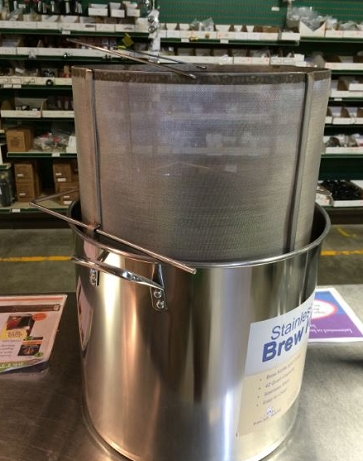
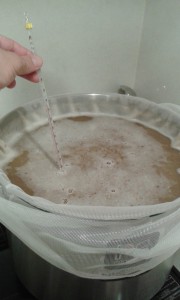
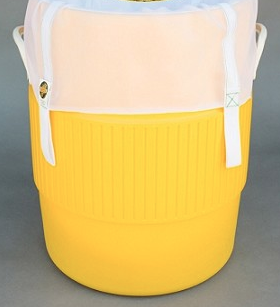
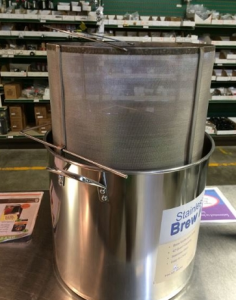
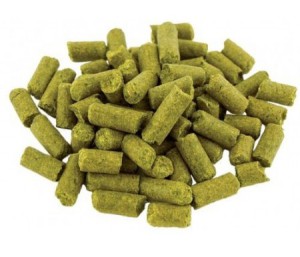
Hi there. Wow, an interesting post! I did not know that you can brew beer at the comfort of your own home. Are a fermented kit and brew bag all you need to brew beer or does the kit comes with more equipments? Seems rather fuss-free but how long does the process takes?
For a list of equipment on the simplest model, try this post: The Simplest All Grain Brew System.
The brewing process takes 5 – 8 hours, generally the better your equipment the less time it takes.
Cheers!
It’s an interesting process of how beer is brewed and everything that comes goes into the production.
How long have you been brewing?
Can these BIAB be used to brew homemade tea? That would be a nice feature if that was compatible.
Very nice, simple article but a little more elaboration would have been appreciated.
Hi Josh,
Thanks for stopping by. The BIAB is essentially a giant tea bag, but you would want to find a way to package and store a large quantity tea after brewing.
Hi Jesse,
This really seems to be a fun hobby to get into, and you can set it up anywhere you want to. Moreover, the price for everything to get your brew going is not that bad either. Could you point me in the direction of a beginner’s guide or something for home brewing?
Yours Truly,
Carlton
Hi Carlton,
Thanks for your comments. About the best resource you can start with is a local homebrew shop, if you have one available. If not, try getting yourself a starter kit online and have a practice – all the instructions should be included. Try This Page.
Finally, once you’ve had one or two attempts, get a copy of How to Brew by John Palmer. He has also posted a free version of his first edition online for free at http://www.howtobrew.com.
Cheers!